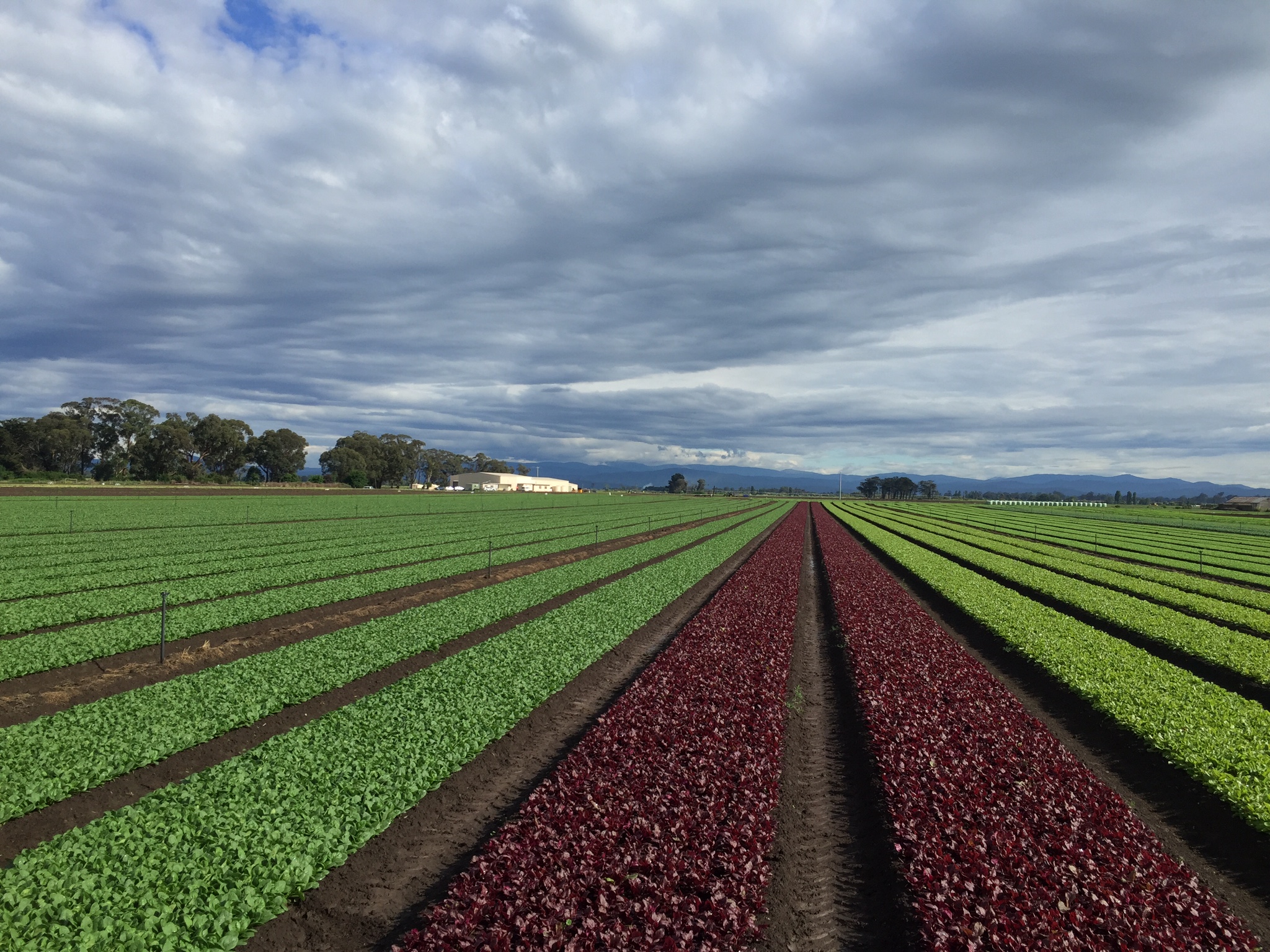How I Built (Then Left) a multi-million dollar Business: 17 Years in 7 Minutes

How I Built (Then Left) a multi-million dollar Salad Business: 17 Years in 7 Minutes
Sometimes the best business lessons come from walking away.
I spent 17 years building a farming business from negative equity to supplying roughly 10% of Australia's salad market. We 9x'd revenue, staff, and production. Then I sold my 50% ownership share and left.
Here's what I learned — and why I'd do some things very differently.
The Lucky Vehicle
Let's start with honesty: a big chunk of our success was timing.
In 2005, I worked out a deal to buy 50% stake in my friends family business. We borrowed money, bought out his mum, and suddenly owned a business with negative equity.
But we'd picked the right vehicle at the right time. Fresh produce was about to explode. MasterChef was changing how Australians ate. Bag salads were becoming supermarket staples.
A rising tide lifts all boats. We happened to be in the water when the tide came in.
The Methodology That Actually Worked
What I am proud of is how we competed in a capital-intensive industry with minimal capital.
Our secret was brutally simple: hypothesis, math, execute, repeat.
Here's a real example of how we managed to thrive with no capital. Irrigation is usually handled by whoever isn't skilled enough to drive the tractor. But it's the most critical job on a farm — and as we grew, it needed to be 24/7.
We hypothesised that automated irrigation would pay for itself through wages alone in under 18 months. We did the math. It checked out.
But the real win was the unknown upside: programmable systems meant our best people could set the parameters, and our least skilled could just check sprinklers. We'd flipped the most critical role from being handled by the weakest link to being managed by our strongest.
That simple methodology — hypothesis, math, execute, repeat — drove everything for 18 years.
The Million-Dollar Mistakes
Two massive tactical errors nearly define my regrets:
Talent pipeline. We couldn't maintain the talent to run an expanding business effectively. I knew this would become a problem from early on. I literally said "we'll fix it next year" for nine consecutive years. We never built our own talent development system. Lesson - Do it now don't kick the can down the road.
Focus. We started side hustles when the main hustle was already big and super successful. A freight company. A software company. Different crops outside our niche. All mistakes.
Even within our core business, we were too diversified. Spinach alone makes up 50-55% of the salad market. Within that, Woolworths 60g and 120g spinach bags represent the highest-value, highest-volume segment in Australia.
In hindsight, we should have gone all-in on just that. One product, two lines, one customer. Sounds like putting all your eggs in one basket, but the profitability and simplicity would have made us significantly more money.
You can't underestimate the power of going really, really narrow. We all know the shiny object syndrome.
Why I Left a Winning Business
So why walk away from 9x growth over 17 years?
Three reasons, and they're all connected:
Family. Our daughter has an unusual form of epilepsy. Moving back to Brisbane, closer to family support, became a priority — especially after living through COVID isolation.
New challenge. I had an itch to take everything I'd learned and apply it somewhere else. Farming and growing that business was right in my wheelhouse, but I wanted to scratch a different problem.
Partnership deadlock. This was the operational reality. My school friend and I remained morally aligned — we wanted to do business our way, maintain integrity, not rip anyone off. We were both willing to take big risks and back ourselves.
But towards the end, we couldn't tiebreak decisions when we disagreed. Decision-making slowed. Direction became unclear. It was frustrating and problematic for the business.
Since it was his family business, one of us needed to leave. That was me. No hard feelings from my side, this is just how it was.
The Hindsight Clarity
Looking back, we should have created a board years earlier. Made ourselves accountable to external decision-makers for these tiebreaker situations. But you don't get to turn back time, if you are lucky you learn from your mistakes and do better next time.
But I don't regret a moment of those 17 years. Every mistake was a learning opportunity. And I don't regret moving on either.
Sometimes the biggest risk isn't staying. Sometimes it's not knowing when to leave.
This journey brought me to where I am today — building something new with everything I learned from the first time around. The methodology still works. The focus lesson is burned into my brain.
And this time, I'm starting with a much clearer picture of what really matters.